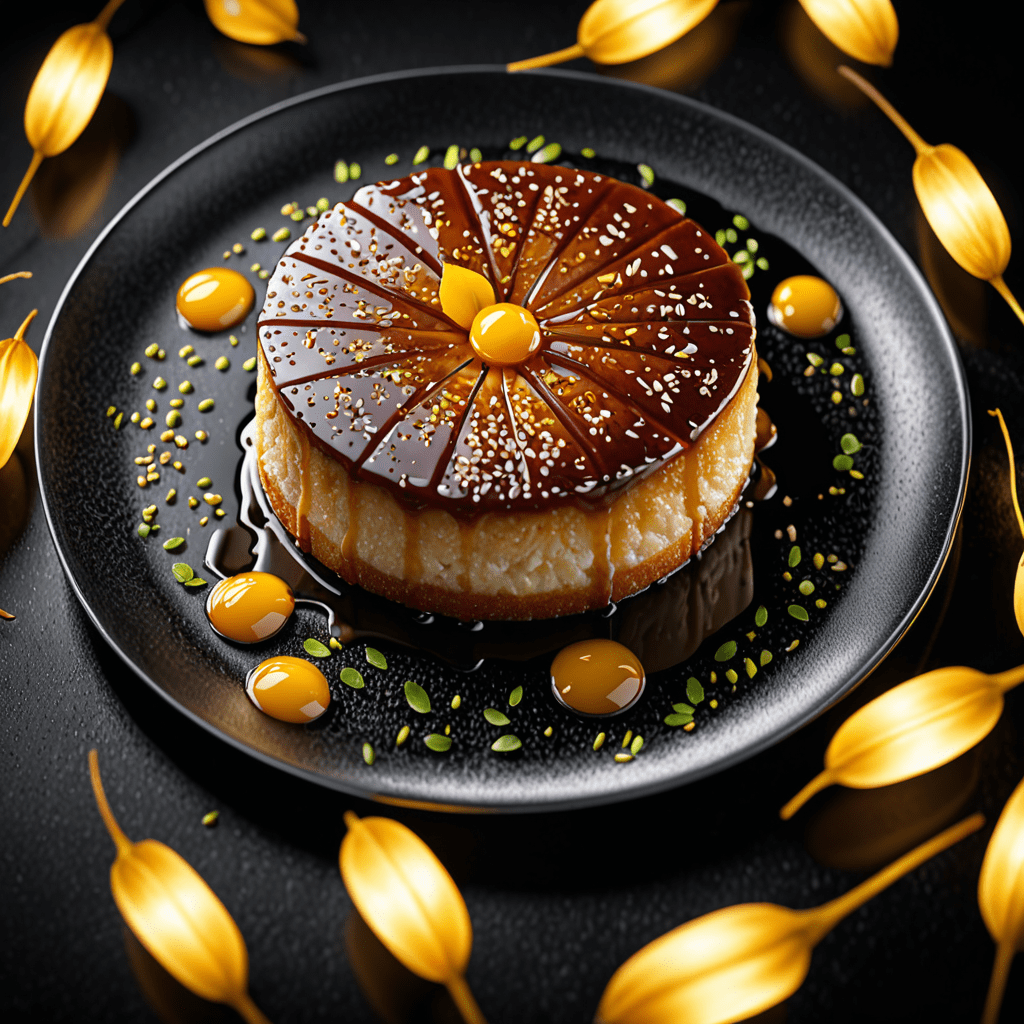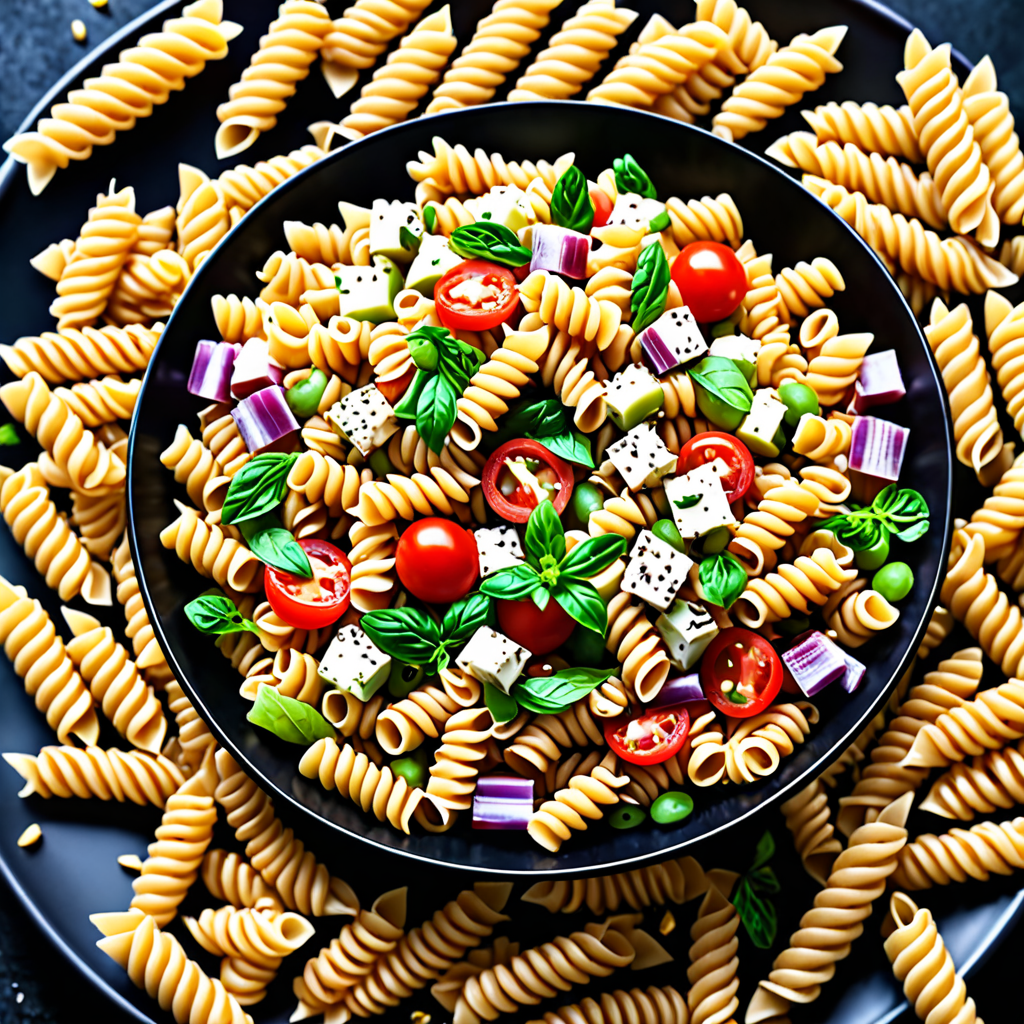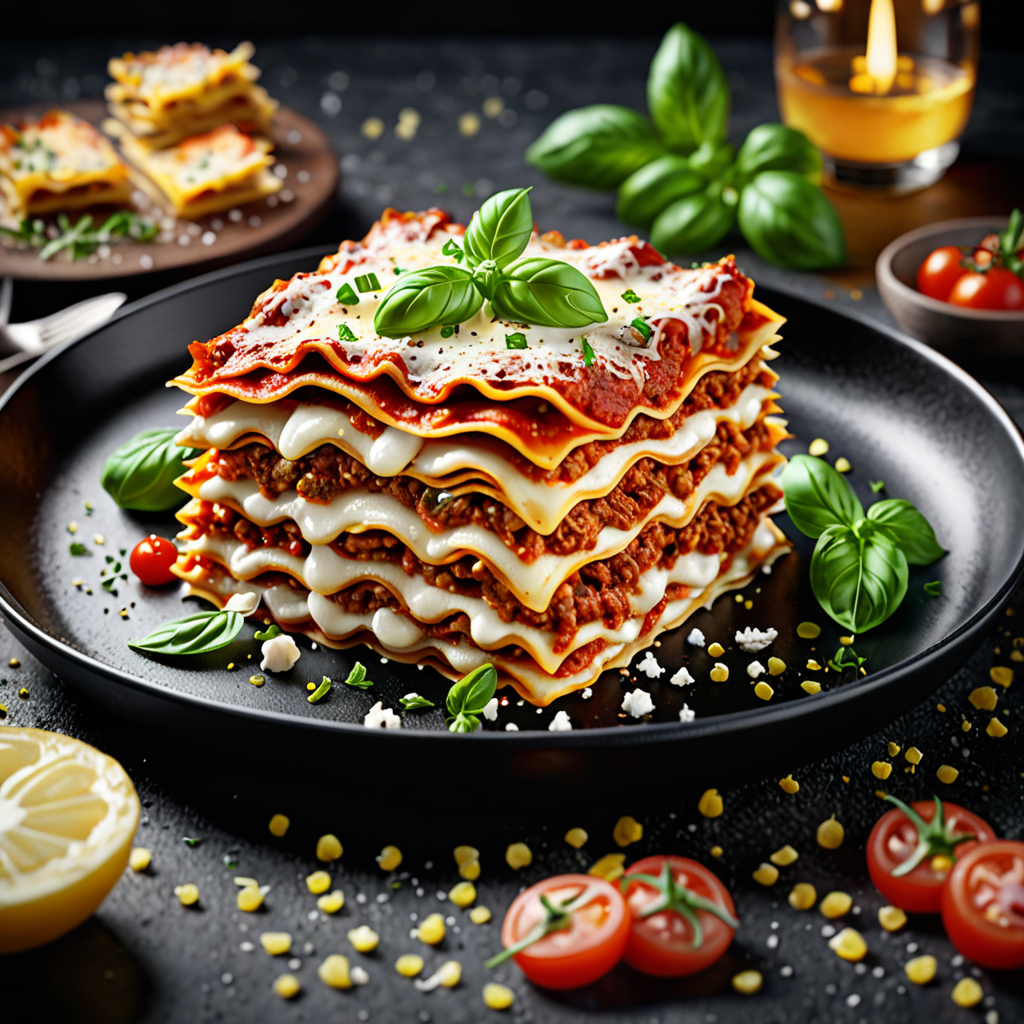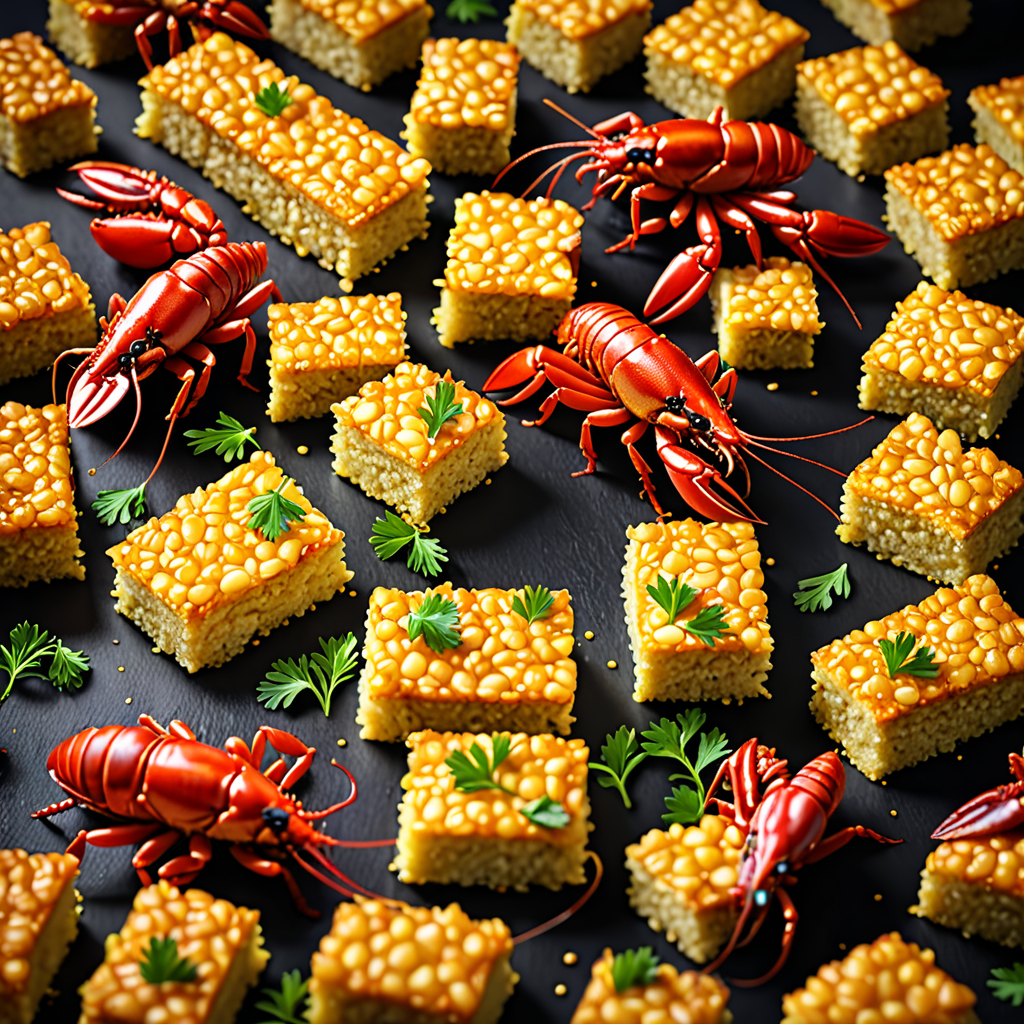Indulge in the Rich Flavors of a Belgian Quad with This Delectable Recipe
Indulge in the Rich Flavors of a Belgian Quad with This Delectable Recipe
Introduction
Belgian quad, also known as a Belgian quadrupel, is a rich and complex beer known for its deep malt flavors, dark fruit notes, and high alcohol content. This beer style originated in Belgian monasteries and has gained popularity worldwide for its indulgent taste. Brewing your own Belgian quad at home allows you to experience the satisfaction of creating a sophisticated and flavorful beverage. With the right ingredients and careful brewing techniques, you can craft a delightful Belgian quad that rivals those produced by professional breweries.
Ingredients
To brew your own Belgian quad, you will need the following ingredients:
- 11 lbs Belgian Pilsner malt
- 1 lb Belgian Special B malt
- 1 lb Belgian Aromatic malt
- 1 lb Belgian Candi sugar (dark)
- 2 oz Styrian Goldings hops
- 1 oz Saaz hops
- Belgian ale yeast
- Water
These ingredients are essential for achieving the characteristic flavors and aromas of a Belgian quad. The selection of high-quality malt and specialty sugars is crucial in creating the beer’s complex profile, while the specific hops and yeast strains contribute to its unique character.
Directions
Follow these steps to brew your own Belgian quad:
- Mash the grains: In a large brewing kettle, heat the water to the desired temperature and add the crushed grains. Maintain the temperature for the recommended time to extract the sugars and flavors from the malts.
- Sparge the grains: Once the mashing process is complete, carefully drain the liquid from the grains using a lautering tun, then rinse the grains with hot water to extract any remaining sugars.
- Boil the wort: Transfer the liquid, known as wort, to a clean kettle and bring it to a boil. Add hops at specific intervals during the boil to achieve the desired bitterness and aroma.
- Add candi sugar: As the wort boils, add the dark Belgian Candi sugar to enhance the beer’s rich sweetness and color.
- Fermentation: After boiling, cool the wort and transfer it to a fermentation vessel. Pitch the Belgian ale yeast and allow the beer to ferment at the appropriate temperature for several weeks, ensuring the yeast fully attenuates and creates complex flavors.
- Bottling: Once fermentation is complete, carbonate the beer by adding priming sugar and bottling it. Age the beer for a few weeks to allow the flavors to mature and meld together.
FAQ
1. What is the alcohol content of a Belgian quad?
Belgian quads typically have a high alcohol content, ranging from 9% to 12% ABV. This contributes to the beer’s rich and warming character, making it a great choice for sipping and savoring.
2. How long should I age my Belgian quad before enjoying it?
While Belgian quads can be enjoyed fresh, aging them for several months or even years can enhance their flavors, allowing the complex malt and yeast characteristics to develop further. It’s often recommended to age Belgian quads for at least six months to a year for optimal enjoyment.
3. Can I customize the ingredients in the recipe to suit my taste preferences?
Absolutely! Brewing is an art, and you can certainly experiment with different malt varieties, hops, and yeast strains to create a Belgian quad that aligns with your preferred flavor profile. Keep in mind that traditional ingredients play a significant role in defining the style, but there’s room for creative exploration within the boundaries of classic Belgian quad characteristics.
4. What food pairs well with Belgian quad?
Due to its rich and complex nature, Belgian quad pairs wonderfully with a variety of dishes, including hearty stews, roasted meats, and aged cheeses. The beer’s malty sweetness and dark fruit notes complement the savory and robust flavors of these foods, creating a delightful culinary experience.
5. Is brewing a Belgian quad suitable for beginners?
Brewing a Belgian quad requires intermediate to advanced brewing skills due to its high alcohol content, complex malt bill, and specific fermentation requirements. It’s advisable for beginners to gain experience with simpler beer styles before attempting to brew a Belgian quad. As with any brewing endeavor, attention to detail, proper sanitation, and patience are key to achieving a successful result.
With this recipe and guidance, you are well on your way to crafting a delicious Belgian quad that showcases the depth and complexity of this beloved beer style. Enjoy the process of creating this indulgent brew and savor the fruits of your labor with each satisfying sip. Cheers to the joy of homebrewing and the pleasures of Belgian quad!






